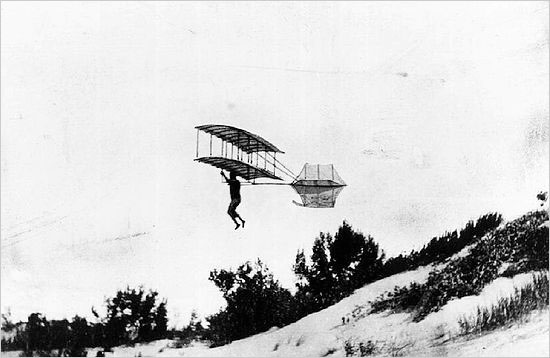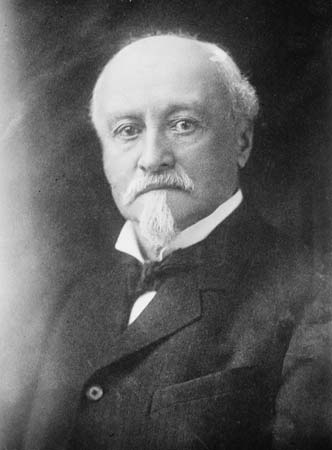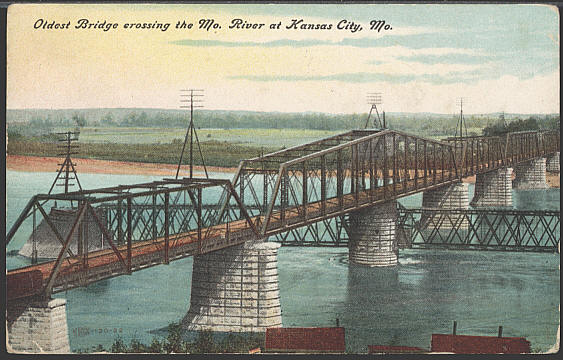Cessna 150 - Version 1.1.3
Classic: Avion III - 1890/97
On October 14, 1897, Clément Ader was convinced that he would become the protagonist of a historic event. The celebrated inventor rested in the entrails of the creature
which he had named Aquilon, The Avion III. Two great wings that bear like a bat, half-drilled. In the center, a cabin and two steam engines, each with 20 horsepower, leagues to two front propellers,
each with four blades, styled.
After two days of trying, after a short run, he was caught in a wind gust, left the lane and stopped. He flew for about 300 meters without proving the controllability of his plane.
After that, the French army withdrew its funding, but kept the results a secret. After the Wright brothers made their flight, the commission released an official account in November 1910,
confirming Ader's attempts but asserting that they were unsuccessful.
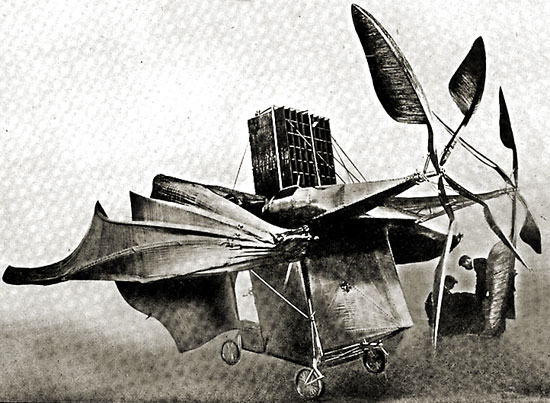
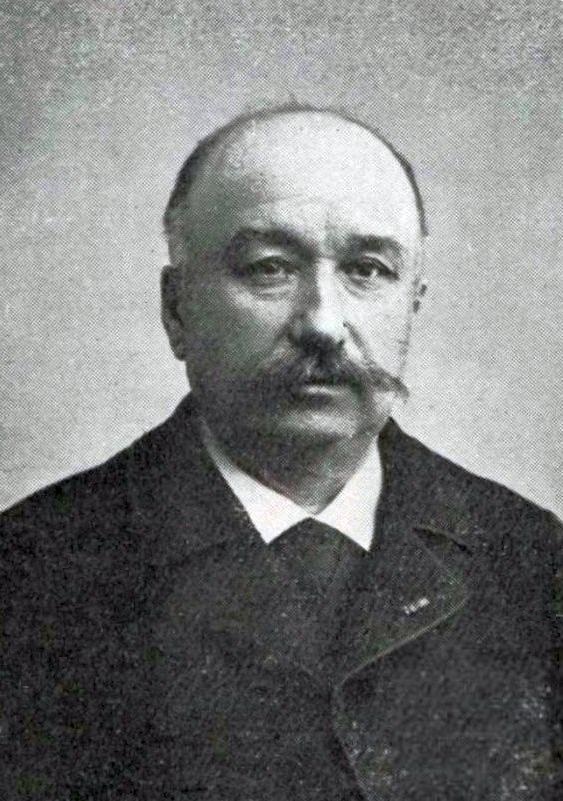
Clément Agnès Ader (Muret, April 2, 1841 - Toulouse, May 3, 1925) was a French engineer, precursor of aviation and inventor of the term airplane (1890).
In spite of being a controversial subject, it is attributed to him by some historians the flight of the first motorized machine heavier than the air in 1890. The controversy is due to the ignorance
of the actual control capability and stability of the machine, which could be virtually uncontrolabe in the air.
Phrases of Clément Ader: "The flight of birds and insects always worried me ... I had studied all kinds of wings of birds, bats and insects arranged in beating wings or fixed wing with propeller ...
I discovered the important universal curve of flight or lift. "
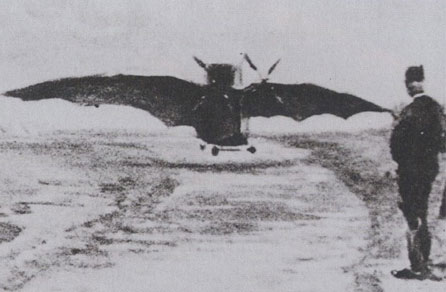
Each update (classic) of Pilot Handbook VR, you'll have a new curiosity related to the aviation evolution history. So, see you there and Keep fLYing!!
Sources:
Wikipedia - Clément Ader - https://pt.wikipedia.org/wiki/Cl%C3%A9ment_Ader
Nogueira, Salvador 1979-Conexão Wright Santos Dumont: a verdadeira história da invenção do avião / Salvador Nogueira.
- Rio de Janeiro: Record, 2006. ISBN 85-01-07488-8
